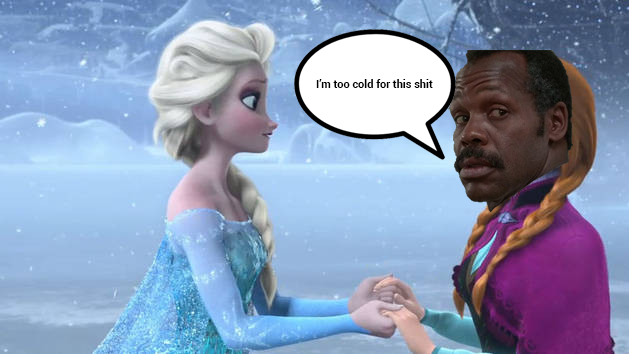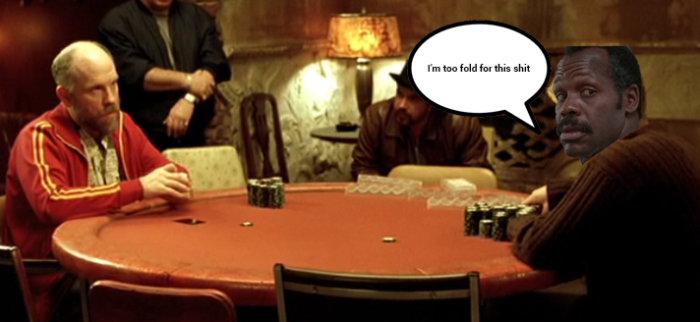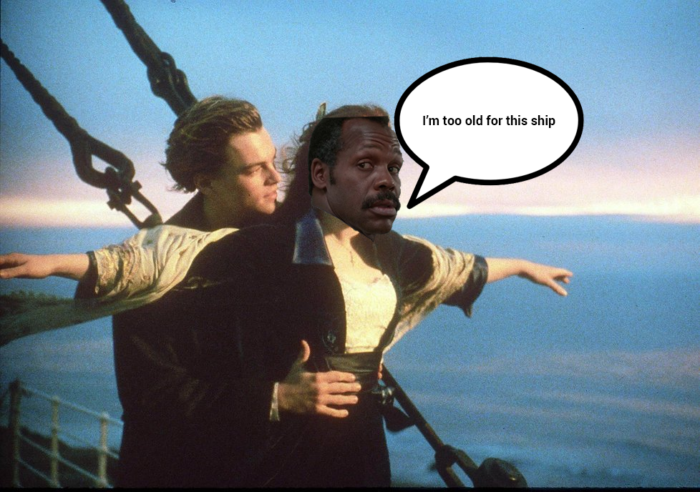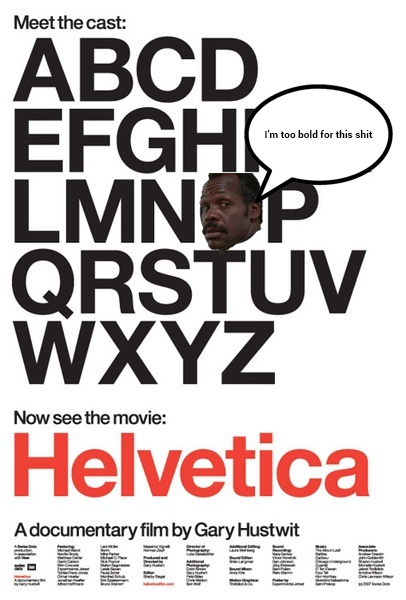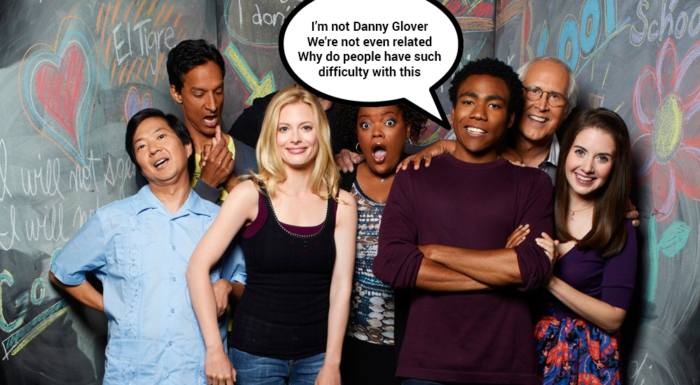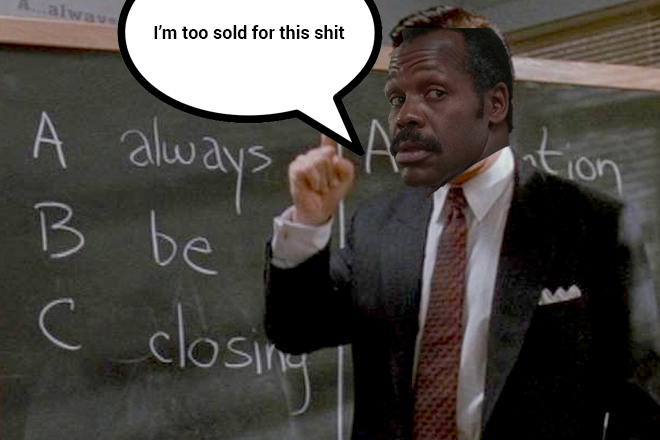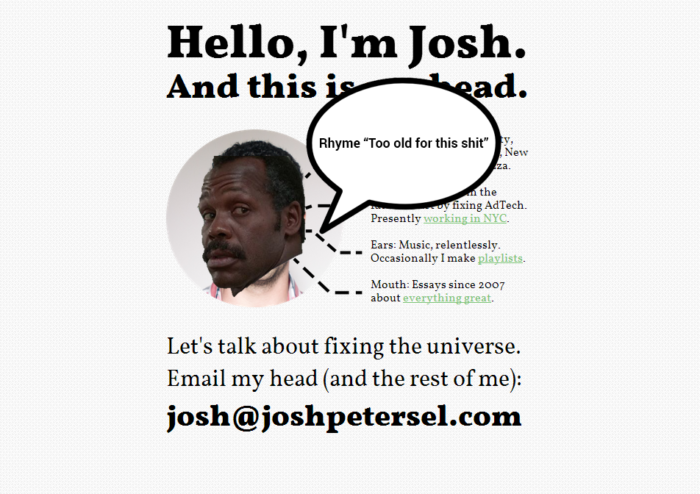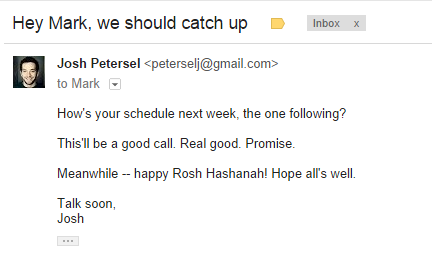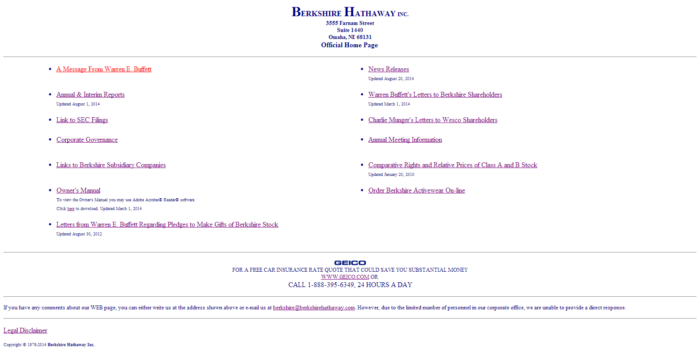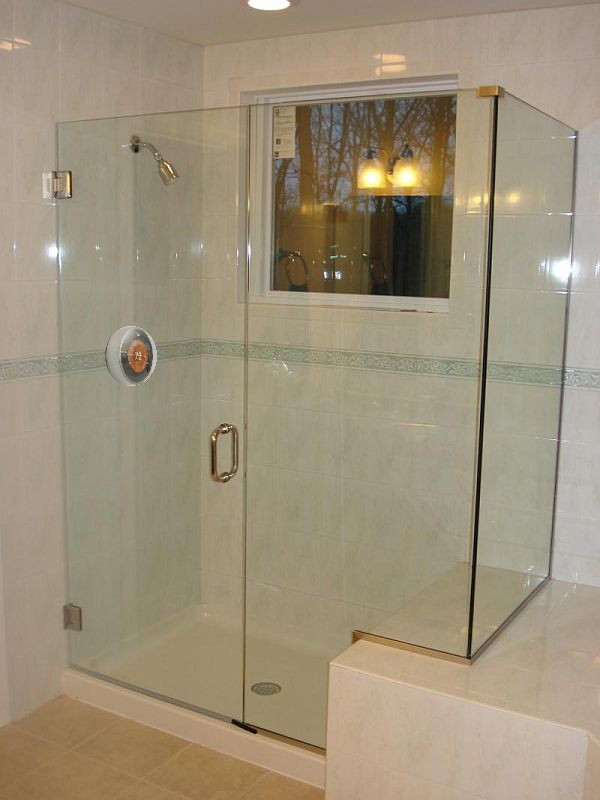Writing about the present is relatively easy.
If you want to write about a thing that exists today and say “this is good,” you’ve got a lot of resources at your disposal. Most importantly, you’ve probably got the actual thing in front of you that you want to write about. In a close second, you’ve got all the rest of the things in the world with which to compare to your subject. “This new iPhone is great,” for example, “because the screen is really big and it turns out I really like having a nice, big screen.”
If you want to write about a thing that exists today and say “this is bad,” you’re also in pretty good shape. What makes this easy is the fact that we live in a world that has rules and limitations which necessitate sacrifice, compromises, and even granular lapses in attention to detail. “This new Samsung phone sucks,” for example, “because lololol look at this tiny ‘gap’ of absolutely no consequence but you can squeeze a business card in there.” Also, it’s generally much easier (and less helpful!) to say “this sucks” than it is to say “here’s how this can be better.”
Writing about the future is very hard.
If you want to write about a thing that will exist in the future, you can’t hold the actual thing in front of you. Perhaps more importantly in this case, you can’t compare your subject to the rest of the things which will exist in the future world. The future is not subject to the same rules, limitations, sacrifices, compromises, and attention to detail which are all manifest in the present.
As a result, writing about the future is exercise where you’re not just likely to be wrong, but you’re often exposed to being laughably wrong.
For example: As recently as July 2013, I wrote about having a phone that was too big:
I picked up a case for the phone that had an extended battery built in. Sort of like this one.
This effectively solved the battery problem, but it created others. Specifically: my phone was now large enough to win modest disapproval from the King of all Cosmos. (In other words, it was the size of a small planet.)
Thinking back to our criteria above, I wrote off “big phone” because in my phone exploration my frame of reference was the people and phones that surrounded me that day. I abandoned my giant phone because I was tired of drawing cynical inquisitiveness from every one of my peers. I’m certain that if I went back to my old Galaxy SII + case today, my friends wouldn’t bat an eye. In fact, there are companies devoted to solving the problem of “my phone battery sucks but I don’t want to look like a doofus.”
While it’s hard to be right when writing about the future, the exercise has incredible benefits: It’s profoundly educational, constructive, enjoyable, and humbling. I often recommend it to my peers who talk to me with aspirations of improving themselves and building great things.
Also, since it’s hard to be right, I’m not linking you to all of the predictions, hypotheses, and recommendations I’ve made which have turned out to be pretty bone-headed. (They’re on this site, you’ll just have to browse through the archives at your own peril.) On the other hand, as of today, you can jump right through to the litany of shining examples of the Times I Was Right.


